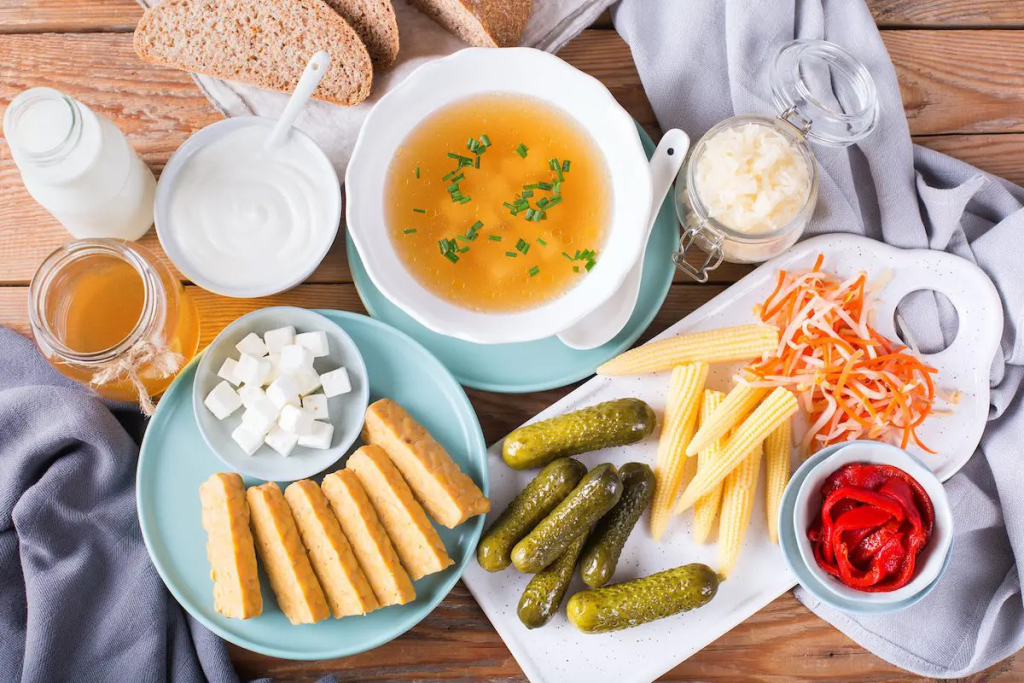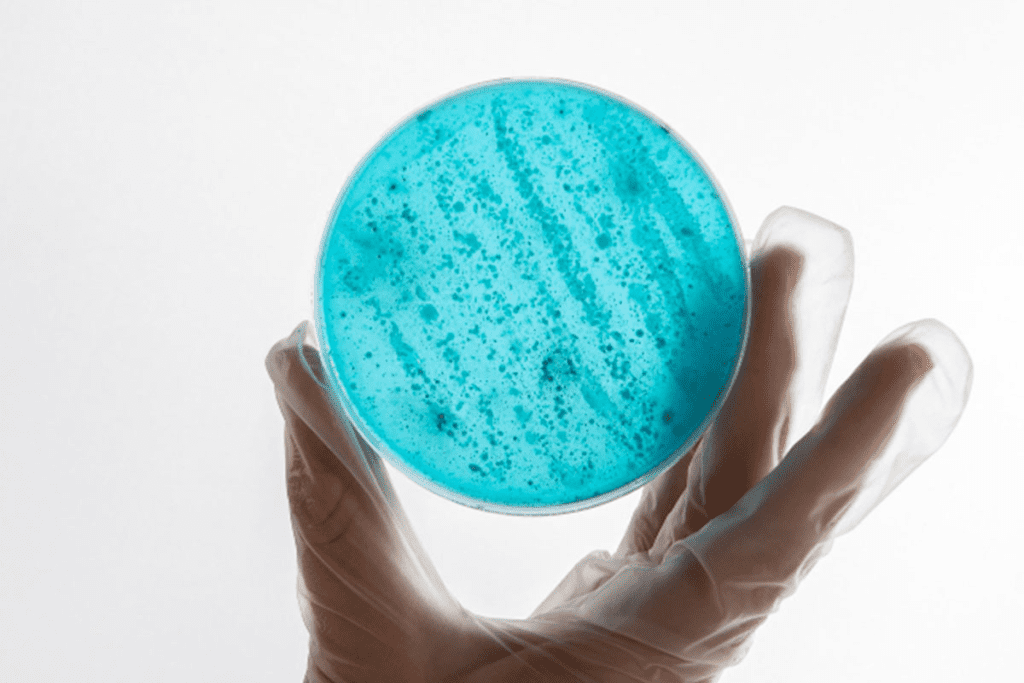Last Updated on November 13, 2025 by
What not to eat when platelets are low? Use this low platelet count diet guide to avoid dangerous foods. Crucial steps for preventing bleeding risks.
When platelet counts are low, it’s important to watch what you eat. This helps avoid problems like too much bleeding. Some foods can mess with blood clotting and platelet production.

Knowing which foods to skip is critical for managing low platelet counts. By choosing the right foods, you can keep your health in check. Learning how to boost your platelet count through food is a big part of this.
Platelets are key to blood clotting. A low count can cause serious health problems. Knowing what platelets are and how they work is important.
Platelets, or thrombocytes, are small, colorless blood fragments. They help form clots to stop bleeding. When a blood vessel gets hurt, platelets gather to seal the damage.
Platelets are made in the bone marrow. A normal count is between 150,000 to 450,000 per microliter. A count below this can cause thrombocytopenia, making it hard for blood to clot.

Thrombocytopenia, or low platelet count, can come from many sources. These include:
Symptoms of low platelet count vary. Common signs include:
Thrombocytopenia can lead to severe bleeding if not treated. Knowing the causes and symptoms is key to managing it.
What we eat has a big impact on our platelet count. It affects how platelets are made and how they help our blood clot. Eating foods rich in nutrients can help make more platelets. But, some foods might slow down this process or change how platelets work.
Food is key in making platelets. Nutrients like vitamin K, folate, and iron help the bone marrow make platelets. For example, eating foods full of folate like spinach and legumes can help make more platelets. But not eating enough of these nutrients or eating too much processed food can hurt platelet production.
A study in the Journal of Hematology found that eating foods rich in folate and vitamin B12 helped patients with low platelet counts. This shows how important changing what we eat can be for managing low platelet counts.

Diet also affects how our blood clots. Some foods can help or hurt blood clotting. For instance, foods with omega-3 fatty acids like salmon can slow down clotting. But, eating too much saturated fats and trans fats can make clots more likely.
“The role of diet in blood clotting is complex, involving a delicate balance between various nutrients and dietary components that can either promote or inhibit clot formation.”
Changing what we eat is very important for people with low platelet counts. Eating foods full of nutrients and avoiding bad foods can help manage the condition. It’s also key to drink lots of water and avoid foods that cause inflammation or stress.
Understanding how diet affects platelet health can help us take care of our platelet counts and overall health.
Drinking alcohol can harm platelet production, which is key for those with low platelet counts. Alcohol affects the body’s ability to make platelets in several ways. It can slow down bone marrow function, among other effects.
Alcohol can hurt the bone marrow’s ability to make platelets. The bone marrow is where blood cells, including platelets, are made. Alcohol can make it harder for the bone marrow to work, leading to fewer platelets.
Key effects of alcohol on bone marrow include:
Not all alcohol is the same when it comes to platelet production. Different drinks can affect platelets differently. This is because of their alcohol content and other ingredients.
Drinks with more alcohol, like spirits, might affect platelets more than drinks with less alcohol, like beer. But,other ingredients in drinks can also matter.
People with low platelet counts should limit or avoid alcohol. This helps protect platelet production and overall health.
Guidelines for alcohol consumption include:
If you want to increase platelets or increase platelets in 2 days, avoiding alcohol is key. Instead, eat a balanced diet full of nutrients that help platelet production.
Managing a low platelet count means looking closely at what you eat. Avoiding processed foods can help. These foods can make oxidative stress worse, which is bad for immune thrombocytopenia (ITP). Knowing how certain foods affect your health helps you make better choices.
Trans fats are bad for your heart and can lower your platelet count. You find them in many processed and fried foods. Eating them can cause more inflammation and stress, making thrombocytopenia harder to handle.
White flour and refined carbs can raise your blood sugar and insulin levels. This can make a low platelet count worse. These foods are not good for you because they lack nutrients and fiber.
Examples include:
High-sodium foods can raise your blood pressure and strain. This can hurt your platelet count. These foods also have additives that increase oxidative stress.
Common high-sodium foods to limit:
Canned and frozen foods often have preservatives and additives. These can be bad for people with low platelet counts. They can make oxidative stress worse and harm your health.
It’s advisable to:
Removing these foods from your diet can help manage your low platelet count. It’s a big step towards better health.
Managing low platelet count means knowing which fruits can lower platelet levels. Some fruits have compounds that stop blood from clotting. People with thrombocytopenia should limit or avoid these fruits.
Berries are full of antioxidants, but some can affect platelet function. Blueberries, cranberries, and goji berries are examples. They are healthy, but people with low platelet counts should eat them carefully.
Citrus fruits like grapefruit can also impact platelet count. Grapefruit has compounds that stop platelets from sticking together. This is a problem for those with thrombocytopenia. It’s important to watch how much grapefruit or its juice you drink.
Purple and red grapes have resveratrol, which can affect platelets. Pineapple has bromelain, an enzyme that can thin blood. These fruits are healthy, but people with low platelet counts should know the risks.
To manage low platelet count, it’s key to know how diet affects platelets. Avoiding fruits with antiplatelet properties and eating nutrient-rich foods can help. This approach can raise platelet count and improve health.
Some vegetables and herbs are good for us, but can lower platelet counts. They have natural properties that stop platelets from clumping. People with low platelet counts or at risk of thrombocytopenia should know about these effects.
The Allium family includes garlic and onions, known for their health benefits. But, they can thin the blood and lower platelet counts. Garlic can stop platelets from sticking together, which is good for the heart but bad for bleeding disorders.
Onions have quercetin, a flavonoid that also stops platelets. Eating too much garlic and onions can increase bleeding risks for some people.
Ginger and ginseng are used in many cultures for their health benefits. They both have antiplatelet effects, which can help prevent blood clots, but are not good for low platelet counts.
Ginger has gingerol, which stops platelets from sticking. Ginseng’s ginsenosides also affect platelet function. People with thrombocytopenia should use these herbs carefully and talk to their doctor.
Tomatoes are full of lycopene, an antioxidant that’s good for health. Bu, lycopene and other tomato compounds can also stop platelets from sticking. Eating tomatoes in moderation is usually safe, but those with severe thrombocytopenia should watch their intake.
It’s important to know how these foods affect platelet counts for managing thrombocytopenia. Being aware of the risks and benefits helps people make better food choices for their health and platelet counts.
Managing a low platelet count means knowing about hidden substances that can lower platelet levels. Quinine, used to treat malaria, is in some drinks and can affect platelet counts.
Tonic water and bitter lemon have quinine. Even small amounts can harm those with low platelet counts. It’s important to limit or avoid these drinks. Other products like some soft drinks and flavored waters might also have quinine. Always check the ingredients.
Some medications and supplements can harm platelet function, even without quinine. Over-the-counter pain relievers and anti-inflammatory drugs can thin blood and lower platelet counts. Always talk to your healthcare provider before starting any new medication or supplement.
Reading food labels is key to a safe diet. Look for ingredients like quinine, artificial preservatives, and too much sugar. Know the different names for these ingredients to avoid them.
Being careful about what you eat and drink helps manage a low platelet count. For more diet tips, check our detailed guide.
The food we eat affects our platelet count and blood health. Eating foods rich in nutrients helps make healthy platelets. This is key for those trying to manage or boost their platelet count.
Some foods are great for platelet production because they’re full of vitamins and minerals. Leafy greens like spinach and kale are full of folate, which is key for platelet making. Also, beetroot boosts platelet count with its antioxidants and nutrients.
Protein is important for a healthy diet, more so for blood health. Lean meats like chicken and turkey, and fish rich in omega-3 fatty acids like salmon, help keep platelets healthy. They give amino acids and nutrients that support blood health.
Some vitamins and minerals are vital for platelet production and function. Vitamin B12 is key for platelet making, and iron keeps red blood cells healthy, which is important for blood health. Foods like red meat, eggs, and fortified cereals are good sources.
Managing a low platelet count diet is key for those with thrombocytopenia. The foods we eat greatly affect platelet production. Knowing which foods to avoid and which to eat can help raise platelet counts.
A good low platelet count diet avoids foods that harm platelet production. This includes alcoholic drinks, processed foods, and some fruits and veggies. Instead, it focuses on foods that help platelet health.
By choosing a balanced diet and being careful about food choices, people can manage their condition better. Learning how to raise platelet count through diet is important for health and well-being.
High platelets, or thrombocytosis, might mean you have a health issue. This could be an infection, inflammation, or a bone marrow problem. It could also happen because of certain medicines or not getting enough nutrients.
Eating a balanced diet is key to boosting platelet count. Include foods rich in vitamin B12, folate, and iron. Leafy greens, fruits, and lean proteins are good choices. Also, avoid foods that can lower platelet count.
Low platelet count, or thrombocytopenia, can stem from many sources. These include bone marrow issues, some medicines, infections, and autoimmune diseases. Not getting enough nutrients or eating foods that harm platelet production can also play a part.
Boosting platelet count in just 2 days is tough. But eating a nutrient-rich diet and avoiding foods that harm platelets can help. Always talk to a doctor for specific advice on managing a low platelet count.
The term for low platelets is thrombocytopenia.
If you have high platelets, your doctor might tell you to avoid certain foods. They might also prescribe medicines to lower your count. Always follow your doctor’s advice for the best treatment.
To quickly increase platelet count, eat a diet full of nutrients and drink plenty of water. Avoid foods that harm platelet production. But always get personalized advice from a healthcare professional.
Signs of low platelet count include bruising, small red or purple spots on the skin, nosebleeds, and bleeding gums. In serious cases, it can lead to dangerous bleeding.
To increase platelets, focus on a balanced diet, a healthy lifestyle, and medical treatment if needed. Eat foods that support platelet health, avoid harmful foods, and stay hydrated.
Medical News Today. (2025, July 3). Increase platelet count naturally: How to and what to know. https://www.medicalnewstoday.com/articles/322937
Verywell Health. (2025, June 30). How to support your platelet count naturally. https://www.verywellhealth.com/foods-to-eat-and-avoid-with-itp-5206758
Subscribe to our e-newsletter to stay informed about the latest innovations in the world of health and exclusive offers!